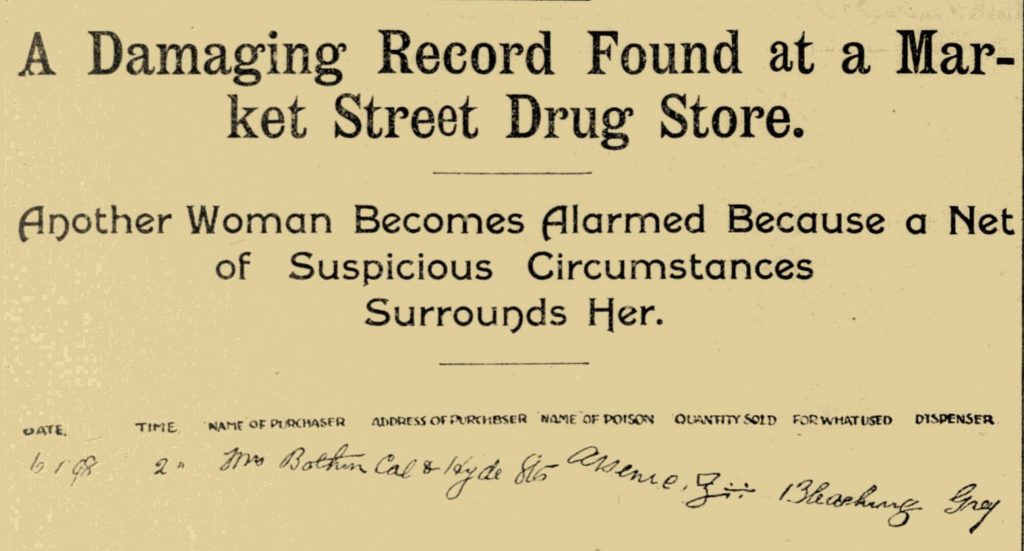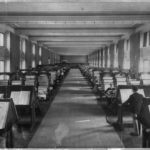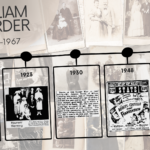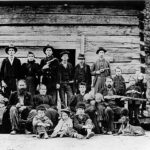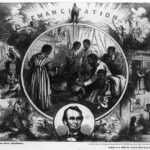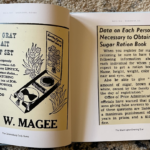Cordelia Botkin. Not a name in the minds of people now, but in the late summer of 1898, everyone knew her name. It was a case of a love affair gone wrong.
Fifty years after the double murders, in 1948, a story was published titled “A Case of the Poisoned Candy” by Peter Levins from his series the “Album of Famous Mysteries.” It is an account of the Cordelia Botkin story that gives a detailed background of the story.
The deaths of an ex-Congressman’s two daughters within a day and under unusual circumstances make news. The newspapers of Wilmington, Delaware, covered the deaths of Ida and Mary in several editions in mid-August. Mr. Pennington immediately claimed foul-play, and one newspaper described their suspicious deaths, the impossibility of a post-mortem, and their double-funeral.
It didn’t take long for a connection to be established between the candy and San Francisco. The San Francisco Call carried the most extensive coverage of the media frenzy. The front page on September 15th was dedicated to the case, complete with illustrations telling the story.
Two vital witnesses shared their accounts with the newspaper. Frank Grey was the clerk at the Owl Drug Store that sold “Mrs. Botkin” arsenic, and Emma Herber, who partially filled the box of chocolates purchased at the confectionery of George Haas.
Another witness, J.E. Fennessee, came forward in the case. The article “Believes He Saw the Death Package Posted” provided a possible link to Botkin and the poisonous package. Sketchings of the people involved in this crazy tale were a popular addition to the newspapers of the time. This particular edition even included sketchings of the two victims of the heinous crime.
Unable to keep her silence, Cordelia submitted a letter to the San Francisco Call with her side of the story claiming she did not know John Dunning’s wife; she never loved John and denied everything. Included are a picture and her signature.
Eventually, Cordelia is found guilty of 1st-degree murder with life in prison. She fought for the next eight years to overturn the ruling – to no avail. She was convicted a second time, and then the Supreme Court confirmed the 2nd conviction. She would spend her remaining days in San Quentin Penitentiary.
Even in death, Cordelia continued to make news. When she died in 1910, the Baltimore Sun published “Famous Poisoner is Dead,” which detailed the murders from 1898.
Interested in learning more about Cordelia Botkin, John Dunning, and the poisoned bonbons? Check out NewspaperArchive.com for a 7-Day Free Trial and search historic newspapers for this early example of a media frenzy.


